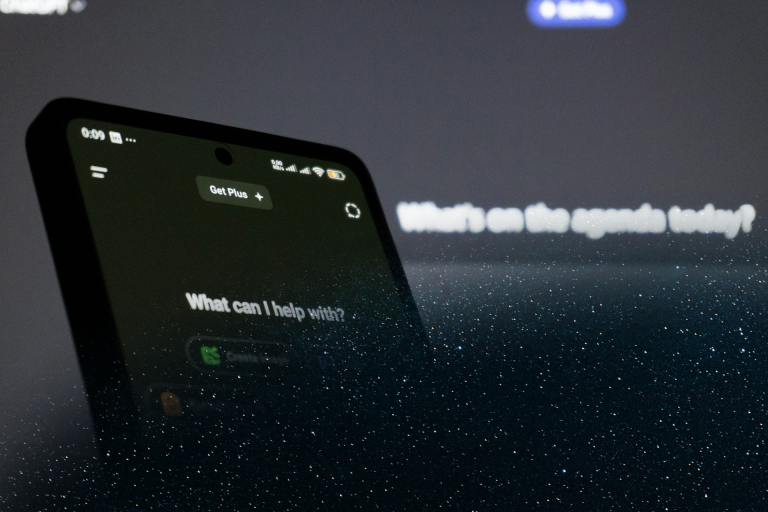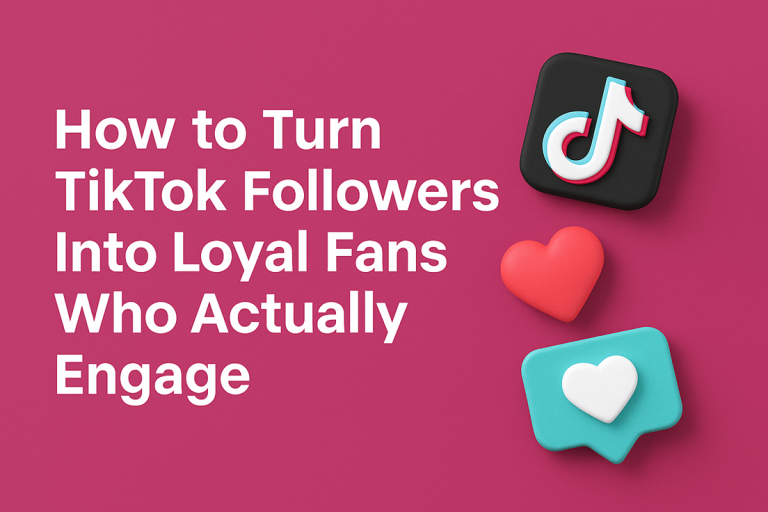In today’s digital world, websites are more than just places to find information—they’re an opportunity to connect with visitors and keep them engaged. Interactive web design is all about creating a website that invites users to interact with it. Instead of a static page, you can make your website come alive with dynamic features like animations, hover effects, and other fun elements.
Adding these dynamic elements to your site isn’t just about looking impressive, it plays a big role in engaging users and making them want to explore more. Whether you use animations, sliders, or pop-ups, these elements help create a smoother experience. And when users enjoy their time on your website, they’re more likely to stay longer, explore, and even take action.
With modern tools like a drag-and-drop website builder, adding interactive web elements is easier than ever. You don’t have to be a coding expert to bring your site to life—just choose the elements you want and place them where you need them.
What Are Dynamic Elements in Web Design?
Dynamic elements are features on a website that change or move as the user interacts with them. Unlike static text or images, dynamic elements respond when someone hovers, clicks, or scrolls. This makes the user feel more connected to your site because they are not just looking at it; they are interacting with it.
Some common examples of dynamic elements include:
- Animations – Images or text that move or change shape to grab attention.
- Hover Effects – Buttons or links that change color when you hover over them.
- Sliders – Moving images or content that rotate, showing different visuals in one space.
By including these features, you make your website more fun and interactive, which can boost user engagement.
Why Interactive Web Design Matters
Having a website that’s interactive is key to keeping users engaged. Think about visiting a site where nothing changes when you scroll or click—it feels dull, right? But when you visit a site with dynamic features, it pulls you in.
Here’s why interactive web design matters:
- Dynamic elements like buttons that change color or animations that catch the eye make users want to explore more of your site.
- If your website grabs attention, visitors are less likely to leave after a few seconds.
- The longer users stay on your site, the better the chances they’ll complete a desired action, like filling out a form or making a purchase.
When people enjoy using your website, they’ll engage more, which helps with SEO and boosts your site’s overall success.
Key Dynamic Elements to Incorporate
Let’s look at some of the top dynamic web elements you should consider using on your website to boost interaction and engagement.
Interactive Navigation Menus – A well-designed navigation menu helps users find what they’re looking for quickly. But when that menu responds to actions—like changing colors, opening dropdowns, or animating when clicked—it becomes much more engaging.
Engaging CTA Buttons – Call-to-Action (CTA) are crucial for conversions. Whether it’s a “Buy Now” button or a “Sign Up” link, making these buttons interactive, such as changing colors or shaking slightly when hovered over, increases the likelihood of a click. The best practice is to use bold, bright colors and make the button change when users hover to create a sense of urgency or action.
Sliders and Carousels – Sliders allow you to showcase multiple images, products, or content pieces in the same space, making them ideal for saving space and keeping the page dynamic. Keep the slider speed moderate so users can view the content comfortably. Ensure the sliders are responsive and work well on mobile devices, too.
Interactive Forms – Forms are an important part of most websites. Whether for collecting emails or processing orders, forms can be made more user-friendly with real-time validation (like showing a green checkmark when an email is correctly typed) or auto-suggestions. Forms that give feedback immediately show error messages when fields are wrong or auto-complete based on past entries create a smooth user experience.
Hover and Scroll Effects – Hover effects guide users by changing the appearance of elements (like buttons) when hovered over. Scroll effects, such as images that fade in as you scroll down, add depth and movement to the page. These effects encourage exploration and provide visual feedback as users move through the site, creating an immersive experience.
Tools and Technologies for Creating Dynamic Elements
Creating dynamic elements on your website doesn’t have to be complicated. Here are some popular tools and technologies:
- CSS and JavaScript – Both are the building blocks for animations, hover effects, and more. Simple snippets of code can create impressive results.
- jQuery – A JavaScript library that simplifies adding interactive features like sliders, animations, and form validations.
- GSAP – A powerful animation library that helps you create smooth and professional-looking animations.
- ScrollMagic – A JavaScript library that enables you to create scroll-based animations and effects.
Best Practices for Interactive Web Design
While interactive elements are great for engaging users, it’s important to keep a balance between functionality and design. Here are some best practices:
- Too many animations can slow down your website and overwhelm visitors. Focus on key elements that improve user experience.
- Ensure that all interactive features work just as well on mobile devices as they do on desktops.
- Large animations or sliders can slow down your site. Use compressed images and efficient coding practices to maintain fast load times.
Conclusion
Interactive web design is the key to keeping visitors engaged, decreasing bounce rates, and increasing conversions. By incorporating dynamic web elements like animations, sliders, and interactive buttons, you can create a website that offers an exciting, user-friendly experience. With tools and libraries like GSAP, adding these features to your site is easier than ever.







